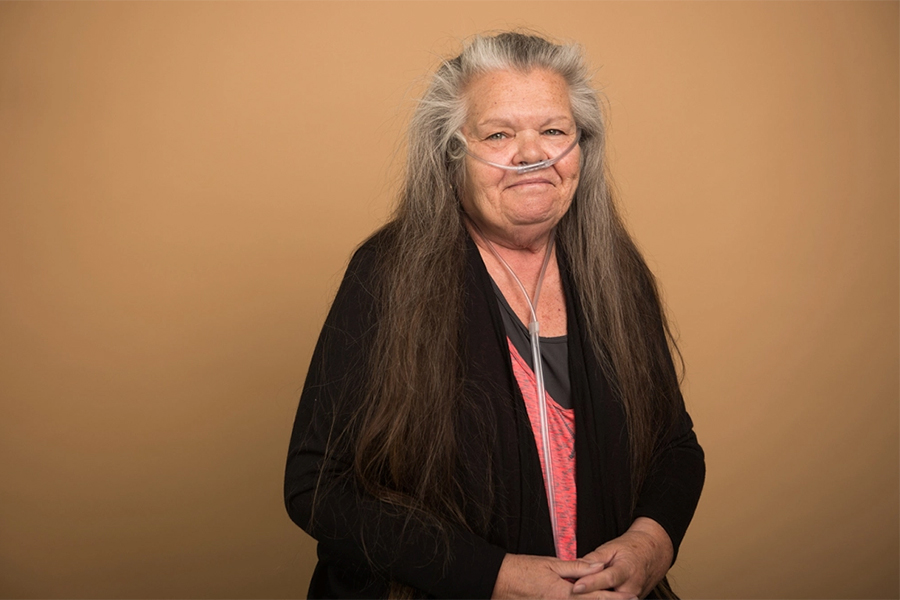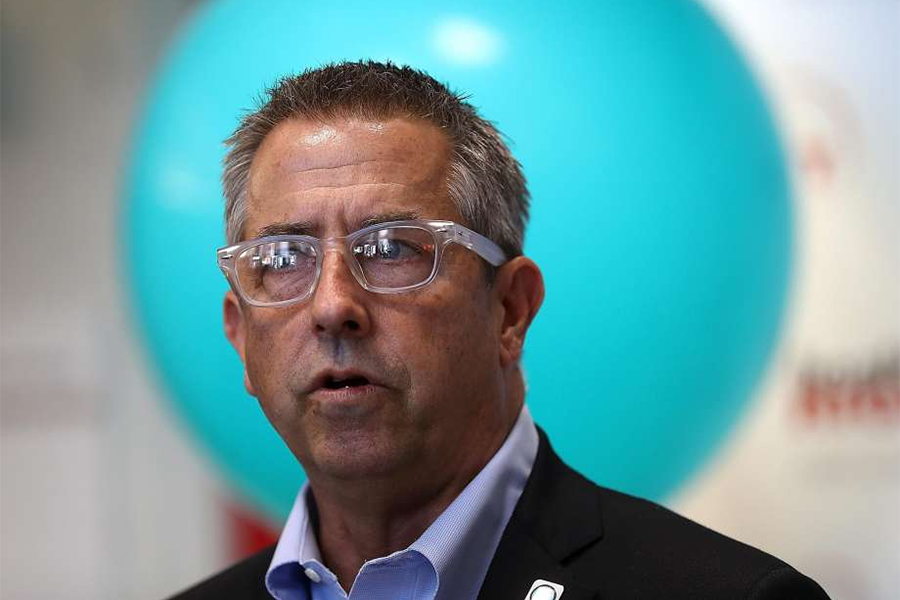Original article published by David Gorn of California Healthline
Zelda Gamble of Long Beach, 74, has diabetes, high blood pressure and severe rheumatoid arthritis that keeps her confined to a motorized wheelchair all day.
Gamble is one of roughly 12,000 frail seniors across California who depend on the Multipurpose Senior Services Program, or MSSP, for services and care that help them stay home and out of institutions, such as hospitals or nursing homes.
“If it were not for that program, I would not be able to live in my own home,” Gamble said. “I’d be in a nursing home.” She said she’s happy and productive at home. Life just wouldn’t be the same for her in an institutional setting, she said.
“If they put me in a nursing home, I think I’m just not going to live very long,” Gamble said. “And I like living. I don’t want to die.”
MSSP is a federal waiver program, with 38 sites in California serving up to 11,789 people a month.
The majority of seniors in MSSP reside in one of the seven counties participating in the state’s duals demonstration project, or Cal MediConnect, which is part of the state’s larger Coordinated Care Initiative. Roughly two-thirds of all duals (those dually eligible for Medicare and Medi-Cal) live in the seven-county demonstration area. Medi-Cal is California’s Medicaid program.
For MSSP participants in the duals demonstration project counties — Los Angeles, Orange, Riverside, San Bernardino, San Diego, San Mateo and Santa Clara counties — MSSP care is being moved into a Medi-Cal managed care plan. The program would remain the same in MSSP sites outside of the seven-county demonstration project.
The transition to managed care takes a lot of work because seniors like Gamble are fragile, usually with multiple chronic conditions, multiple providers and multiple medications. They often have cognitive issues, language barriers, thin support systems and transportation challenges. If things change — different pharmacy, new provider, rescheduled adult day health care sessions or transportation — there’s a lot that can go wrong.
“Someone calls me every month, answers my questions, I get so confused over some of this stuff,” Gamble said. “For one thing, they send you so much information from so many venues, you have no more idea than a goat what’s beneficial for you and what’s important for you.”
The one thing Gamble said she knows for sure is that the help she gets from the state is invaluable, and keeps her living at home. She worries that the state will change the MSSP services she receives.
That’s why advocates and some legislators have been raising red flags about the possible elimination of the Coordinated Care Initiative itself.
Transitioning the Transition
Advocates are asking the state to extend the timeline for transitioning MSSP into Medi-Cal managed care plans.
If the transition goes well, the idea of managed care plans is to better coordinate care, so that health care services become smoother and better coordinated for MSSP beneficiaries.
It’s a complicated transition, though, in part because of the on-the-edge nature of this population.
It becomes more complicated with the possible elimination in January 2016 of the CCI pilot project. That project needs to be cost-effective to continue, and it may not be — in part because of a higher-than-expected opt-out rate. Those opt-outs are particularly high in Los Angeles County, which has the largest number of duals — by far — in the state.
In the governor’s proposed 2015-2016 budget, the CCI still is listed as cost-effective, but that’s primarily because the scales are weighted by a managed care organization tax. Without that tax money, the CCI would show a cost, rather than savings. If those numbers don’t improve by January 2016, the CCI would end operations.
“The state has acknowledged that CCI may not continue,” said Denise Likar, past president of the MSSP Site Association. “So having a 19-month time clock that would expire before the demonstration project would pass — and no longer be a demonstration and move to permanency — seems a little out of sync to us.”
Likar wants the state to go to a 36-month time clock instead, with January 2016 now just nine months away.
“We’re [asking] to help slow this down,” Likar said. “Let’s gather the learning, let’s finish the basic work, let’s start the work phase, let’s see the data and let’s then move toward a sound, safe transition for this population.
“We want to get it right,” she said. “These people need us to get it right.”
What’s Next for CCI
The big challenge for state officials with the CCI is the high opt-out rate, particularly in Los Angeles County. One of the reasons the state opted for mandatory enrollment in Cal MediConnect is that there needs to be a high level of enrollment to make the initiative cost-effective.
State officials are pursuing several avenues to address the high opt-out rate, including a recent outreach event for the staff members of several Los Angeles hospitals and events at skilled nursing facilities. The state also is analyzing the opt-out numbers in Los Angeles County to see if there are any trends they can address or areas where opt-outs are higher.
One of those trends, Likar said, is that MSSP beneficiaries have stayed away from Cal MediConnect.
“Very few MSSP enrollees chose the Cal MediConnect benefit,” Likar said. “Most of them stayed with the managed Medi-Cal. They didn’t want to put their Medicare in there, because there’s no trust. There’s no feeling their needs are going to be met, and they’re very scared of that,” Likar said.
If CCI does end in January, state officials expect managed care plans to effectively coordinate care for the MSSP waiver beneficiaries.
Advocates said that could work if it’s done properly — but that takes time, they said. At a budget subcommittee hearing in March, Eileen Koons, president of the MSSP Site Association, urged lawmakers and DHCS officials to make sure the transition to managed care doesn’t hurt MSSP seniors.
“I want to implore you to think very carefully about the rushed nature of the transition of MSSP,” Koons said, “and the risk to this population. Right now … there’s a huge disruption of care. I ask you to think very carefully about extending the transition to 36 months.”
To Gamble, it’s not a policy decision, it’s a decision about how she’s going to live the rest of her life.
“If you want to keep old people quiet till they die, then that’s the way to do it,” Gamble said. “Well, I’m sorry,” she said, “but I’m not going to be quiet.”
She said policymakers may not be 74 yet, but if they’re lucky they will be.
“Try to put yourself into this 74-year-old person,” Gamble said. “What would you like to happen if you’re 74 years old and your family is gone? I mean, you’re all going to get here. What do you want it to be like? If what you want is to live independently and live at home, this program can help do it.”




















